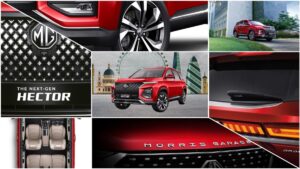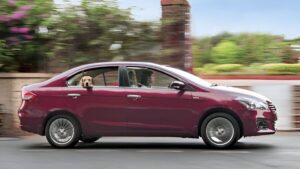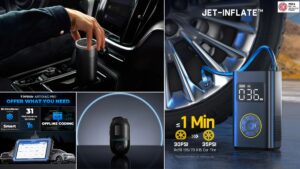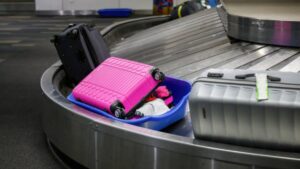Never Turn on Blinkers or Hazard Indicators While Driving in Tunnels, Here’s Why
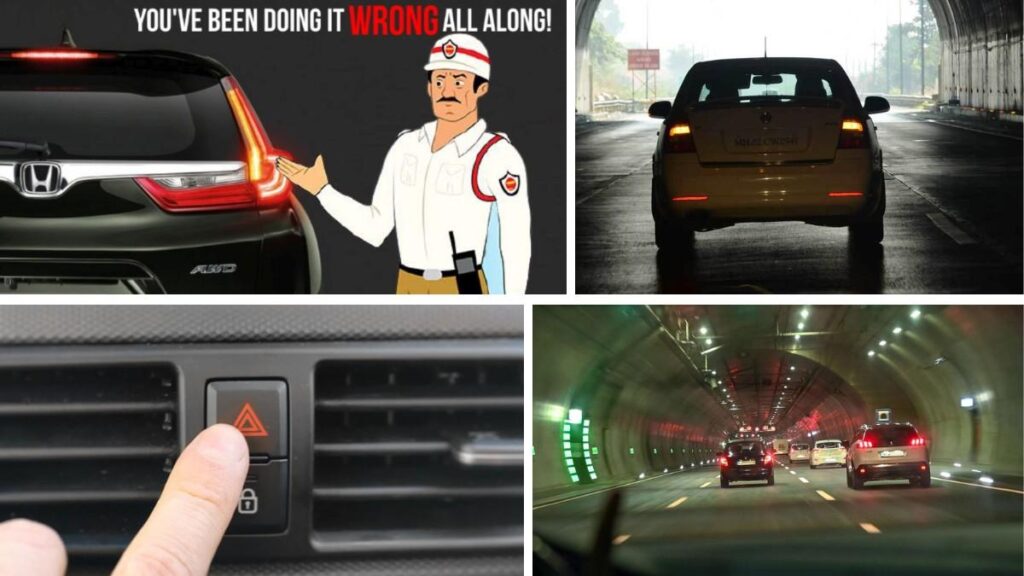
Navigating through a tunnel demands a heightened sense of awareness and safety. While blinkers and hazard indicators are crucial in many driving scenarios, using them in tunnels can pose more risks than benefits. This article aims to shed light on why using these flashing lights while driving in a tunnel is a practice best avoided.
The Distracting Nature of Flashing Lights
One of the primary reasons for not using blinkers or hazard indicators in a tunnel is the distraction they cause. The confined space of a tunnel already limits visibility, and the flickering of these lights can impair a driver’s ability to see the road ahead clearly. The flashing can also cause optical illusions, making the tunnel seem narrower than it is. This can result in dangerous driving behaviors like tailgating or drifting into another lane.
Turn Signals Becoming Useless
When your hazard lights or blinkers are on, your turn signals become essentially useless. Drivers behind you will not be able to distinguish between your flashing hazard lights and a turn signal, making it unclear if you intend to change lanes. This uncertainty can create confusion and potentially lead to accidents, as other drivers may not be prepared for your next move.
Here is a video of traffic in a tunnel, in this video, check the car on the right driving with hazard lights on. Now if this car decides to move into left lane in front of you and the driver, oblivious of the hazard signals on, turns on the left turn indicator, how are you ever going to know if he is going to turn left and come ahead of you because both right and left indicators are already blinking!!
Obscuring Important Signals
Brake lights serve as a vital communication tool on the road. When you have your blinkers or hazard lights flashing, they can easily obscure your brake lights. This poses a risk as drivers behind you may not realize when you are slowing down or coming to a stop, significantly increasing the likelihood of a rear-end collision.
Misleading Impressions and Follow-the-Leader Mentality
Flashing lights usually signal to other drivers that you are stationary or experiencing some kind of issue that has led you to slow down. In a tunnel, this can cause others to brake suddenly, thinking you have stopped, thereby increasing the risk of collisions. Unfortunately, some drivers activate their hazard lights in tunnels simply because they see others doing it, believing it to be the correct practice. This “follow-the-leader” mentality only perpetuates the problem.
The Night vs. Tunnel Misconception
Some drivers justify using their blinkers or hazard lights in tunnels by arguing that tunnels are dark, so the extra lights help. However, this logic is flawed. It’s also dark at night, and yet we don’t use these indicators then. Tunnels are designed to be well-lit or have reflective markers to aid drivers, negating the need for additional flashing lights.
Safer Alternatives for Signaling
If you must signal your intentions while in a tunnel, it is safer to use your regular headlights or fog lights. These are far less distracting and won’t interfere with your brake lights or turn signals.
ALSO READ | Road Trip Checklist That Helps To Plan Your Journey Like A Pro
Additional Tips for Tunnel Driving Safety
- Maintain a Consistent Speed: Avoid sudden accelerations or decelerations.
- Right Lane for Regular Driving: Use the right lane unless overtaking, to keep traffic flowing smoothly.
- Use Headlights or Fog Lights: Even during daytime, these can enhance visibility without causing distractions.
- Maintain a Safe Following Distance: This provides sufficient time to react to the actions of the car in front of you.
- Avoid Distractions: Keep your focus on the road, refraining from using your phone or other electronic devices.
By understanding the risks and acting responsibly, you can contribute to a safer driving environment in tunnels. The next time you enter a tunnel, remember these guidelines and keep those blinkers and hazard lights off.
Frequently Asked Questions (FAQ) on Tunnel Driving and Use of Lights
Should you turn on hazard lights in a tunnel?
No, you should not turn on your hazard lights while driving in a tunnel. Doing so can cause distractions, make it difficult for other drivers to see your brake lights, and create confusion about your intentions on the road.
When should you use your blinkers or hazard lights?
Blinkers should be used when you are planning to change lanes, turn, or otherwise alter your course on the road. Hazard lights are generally meant to indicate that you are stopped or moving very slowly, typically due to an emergency or a temporary situation like a flat tire. Neither should be used while driving in a tunnel for the reasons discussed in the article above.
Can hazard lights be used while driving?
In some jurisdictions, using hazard lights while moving is illegal unless you are in a genuine emergency situation. Even where it’s not illegal, using hazard lights while driving can send mixed signals to other drivers, potentially leading to confusion and accidents. Hazard lights are mainly intended to indicate that a vehicle is stationary and poses a potential obstacle.
Do you have to turn your lights on in a tunnel?
Yes, it’s advisable to turn on your headlights or fog lights when driving in a tunnel. Unlike hazard lights or blinkers, these lights do not create distractions or confusion. Many tunnels will even have signs indicating that you should turn your lights on for better visibility and safety.
What is the safest thing to do when entering a tunnel?
When entering a tunnel, you should:
- Turn on your headlights or fog lights for better visibility.
- Maintain a consistent speed and avoid sudden braking or acceleration.
- Stick to the right lane unless you are overtaking another vehicle.
- Ensure you have a safe following distance between you and the car ahead.
- Eliminate any distractions like mobile phones or other electronic devices.
By following these safety guidelines, you help ensure a safer driving environment for yourself and others while driving through a tunnel.


